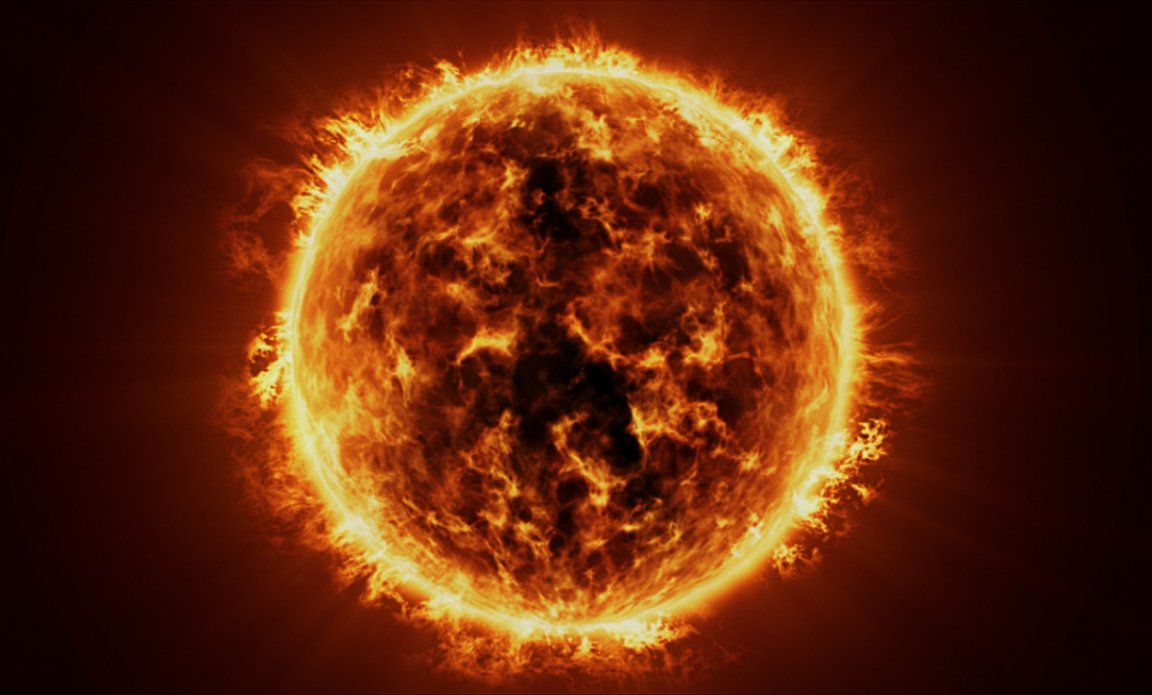
Coming Up Short
The Sun is just a tiny bit smaller than once believed, according to new research.
A new study, available online as it undergoes peer review, backs up previous work that used sound waves in the Sun — essentially its seismic activity — to calculate its size, which also found a discrepancy in the star’s radius compared to the traditional solar model.
Now, by using a different so-called “mode” of sound waves, the researchers found that the radius of the Sun is smaller by a few hundredths of a percent, or a difference of a few dozen miles, which could have bigger implications on how we understand the workings of its internal structure.
“Seismological inferences are saying things that relate to the nuclear reactions, the chemical composition and the basic structure of the sun,” study co-lead author Douglas Gough at the University of Cambridge told New Scientist.
F-Mode Island
While scientists have traditionally estimated the Sun’s size by measuring its luminous outer shell called the photosphere, more recent methods have turned to the star’s oscillation modes.
As sound waves propagate through the Sun’s interior, they bounce off the photosphere and cause patches of the surface to oscillate. Scientists divide these waves into different “modes” depending on what causes them.
F-mode waves have been used in the past to estimate the Sun’s size, with the results suggesting the star was slightly smaller than the standard. But there was some uncertainty surrounding those estimates, because as the researchers explain, f-mode waves may not fully penetrate the photosphere and as such are less reliable for measurements.
For a firmer finding, the researchers instead used p-mode waves. These are caused by huge pressure fluctuations in the Sun’s turbulent interior and are able to pass through the core with ease. That resulted in a radius “more or less consistent” with f-mode estimates, the researchers wrote, adding credence to the idea of a smaller Sun.
Adding Up
However fractional the difference may be — just hundredths of a percent, to reiterate — it means a potentially huge difference in the Sun’s structure and composition, where absolute precision is paramount.
“There’s the potential to reach misleading conclusions about the subtle elements of the sun’s internal structure,” William Chaplin at the University of Birmingham, who was not involved in the study, told New Scientist.
More on the Sun: NASA’s Solar Probe Survived Flying Right Through Massive Sun Explosion